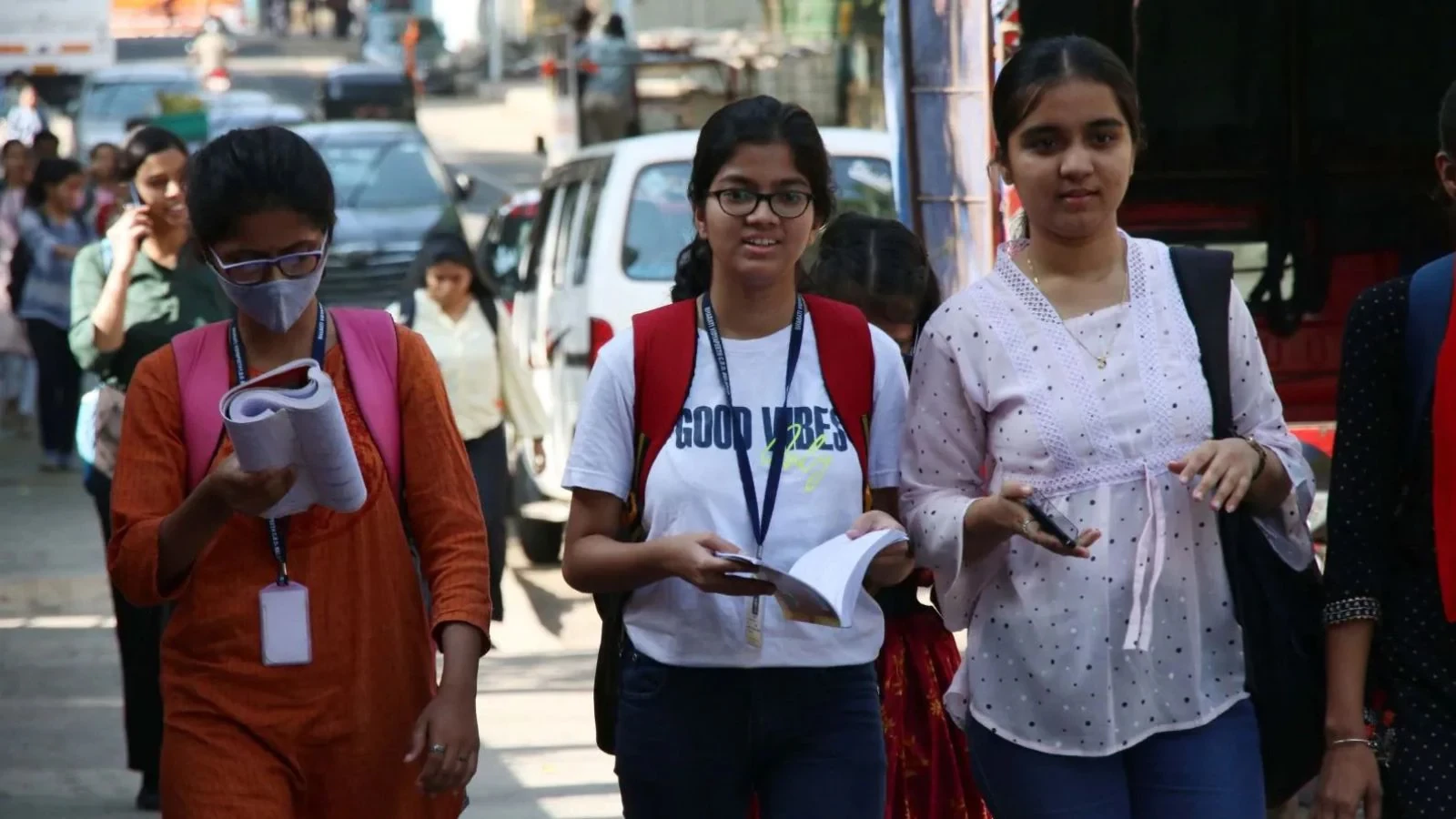Assam AHSEC Syllabus 2025-26 is finalized by the Assam Higher Secondary Education Council. Every year, the board provides the syllabus in PDF format on the official website. By visiting online, you can download the syllabus for your subjects. The board releases the syllabus for all subjects of Science, Commerce, and Arts streams. Check the detailed syllabus and prepare for the board exams. Besides the names of the topics, you can also check the marks allotted to the topics. Accordingly, you can prepare the chapters and perform well in board exams. This will help you to score good marks in exams. Continue reading the article for more information about the Assam AHSEC Syllabus 2025-26.
DownloadAssam Board Class 12 Biology Syllabus 2025-26 here
Assam AHSEC Syllabus 2025-26: Biology
Topics covered in Biology subject for Assam class 12 board syllabus 2025-26 are as follows:
Group-A: BOTANY
Unit Number | Name of the Unit | Total Marks Allotted |
Unit No. 6 | Sexual Reproduction (1, 2) | 06 |
Unit No. 7 | Genetics and Evolution(7) | 05 |
Unit No. 8 | Biology and Human Welfare(9, 10) | 07 |
Unit No. 9 | Biotechnology and its application(11, 12) | 12 |
Unit No. 10 | Ecology(13, 16) | 05 |
Group-B: ZOOLOGY
Unit Number | Name of the Unit | Total Marks Allotted |
Unit No. 6 | Reproduction (3, 4) | 05 |
Unit No. 7 | Genetics and Evolution (5, 6) | 15 |
Unit No. 8 | Biology and Human Welfare (8, 9) | 05 |
Unit No. 9 | Biotechnology and its Application (12) | 01 |
Unit No. 10 | Ecology (14, 15, 16, 17) | 09 |
Detailed Syllabus of AHSEC Biology Syllabus 2025-26 (Final Year)
Students can check out the detailed contents of the AHSEC Board Class 12 syllabus 2025 for the Biology subject. We will update the new syllabus as per availability. Check out the unit names and chapter-wise syllabus in the sections below.
Unit-VI: Reproduction
- Chapter 1: Sexual Reproduction in Flowering Plants: (i) Flower-An organ of sexual reproduction of Angiosperms; (ii) Pre-fertilisation: Structures and Events; (iii) Double Fertilisation; (iv) Post-fertilisation: Structures and Events; (v) Apomixis and Polyembryony.
- Chapter 2: Human Reproduction: (i) The Male Reproductive System; (ii) The Female Reproductive System;(iii) Gametogenesis; (iv) Menstrual Cycle; (v) Fertilisation and Implantation; (vi) Pregnancy and Embryonic Development; (vii) Parturition and Lactation.
- Chapter 3: Reproductive Health: (i) Reproductive Health-Problems and Strategies; (ii) Population Stabilisation and Birth Control; (iii) Medical Termination of Pregnancy; (iv) Sexually Transmitted Infections; (v) Infertility and Assisted Reproductive Technology
Unit-VII: Genetics and Evolution
- Chapter 4: Principles of Inheritance and Variation: (i) Mendel’s Laws of Inheritance; (ii) Inheritance of One Gene; (iii) Inheritance of Two Genes; Chromosomal Theory of Inheritance; Linkage and recombination (iv) Sex Determination; (v) Mutation; (vi) Genetic Disorders.
- Chapter 5: Molecular Basis of Inheritance: (i) The DNA; (ii) The Search for Genetic Material; (iii) RNAWorld; (iv) Replication; (v) Transcription; (vi) Genetic Code; (vii) Translation; (viii) Regu- lation of Gene Expression; (ix) Human Genome Project; (x) DNA Fingerprinting.
- Chapter 6: Evolution: (i) Origin of Life; (ii) Evolution of Life Formes- ATheory; (iii) Evidence for Evolution; (iv) Adaptive Radiation;(v) Biological Evolution; (vi) Mechanism ofEvolution; (vii) Hardy- Weinberg Principle; (viii) A brief account of Evolution; (ix) Origin and Evolution of Man.
Unit VIII: Biology in Human Welfare
- Chapter 7: Human Health and Diseases: (i) Common Diseases in Humans; Typhoid, Pneumonia, Common Cold, Malaria, Amoebiasis, Ascariasis, Elephantiasis, Ringworm; (ii) Immunity; (iii) AIDS; (iv) Cancer; (v) Drugs and Alcohol Abuse.
- Chapter 8: Microbes in Human Welfare: (i) Microbes in Household Products; (ii) Microbes in Industrial Products; (iii) Microbes in Sewage Treatment; (iv) Microbes in Production of Biogas; (v) Microbes as Biocontrol Agents;(vi) Microbes as Biofertilisers.
Unit-IX: Biotechnology
- Chapter 9: Biotechnology; Principles and Processes: (i) Principles of Biotechnology; (ii) Tools of recombinant DNA Technology; (iii) Processes of Recombinant DNA Technology.
- Chapter 10: Biotechnology and its Application: (i) Biotechnological Applications in Agriculture; (ii) Biotechnological Applications in Medicine; (iii) Transgenic Animals;(iv) Ethical Issues (iv) Ethical issues.
Unit-X: Ecology
- Chapter 11: Organisms and Populations: (i) Organism and its Environment; (ii) Populations- Population Attributes; Population Growth and Population Interactions.
- Chapter 12: Ecosystems: (i) Ecosystem - Structure and Function; (ii) Productivity; (iii) Decomposition; (iv) Energy Flow; (v) Ecological Pyramids;
- Chapter 13: Biodiversity and Conservation: (i) Biodiversity; (ii) Biodiversity Conservation; (iii) National Parks and Sanctuaries of Assam with special reference to the conservation of endangered species.
- Chapter 14: Bioresources of Assam: (i) Medicinal (Sarpagandha, Neem, Tulsi, Cinchona and Atropa) Timber Yielding (Teak, Sal, Sissoo, Gomari, Hollong) Plants; (ii) Sericogenic Resources (Muga and Eri).

